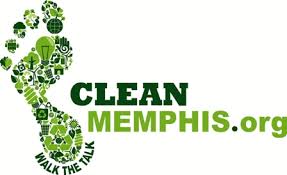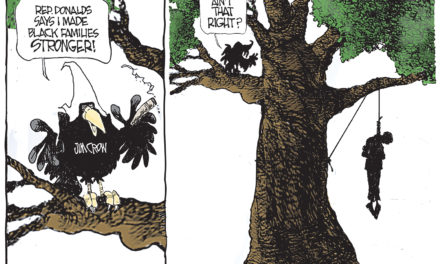From Place:
These are brutal times for public libraries. Two years ago they froze book purchases. Last year they cut staff and reduced service hours, spreading the pain among branches in rolling blackouts. This year they are on the chopping block again, and there is nothing to cut but bone. New York Mayor Michael Bloomberg’s proposed budget includes an 8 percent cut to library funding. The Houston Public Library is trying to make sense of a nearly 30 percent cut. Two weeks ago the library board in Gary, Indiana, voted to close the main library; it was either that or lose all four satellite branches.
What’s at stake here is more than access to a room full of books. The modern American public library is reading room, book lender, video rental outlet, internet café, town hall, concert venue, youth activity center, research archive, history museum, art gallery, homeless day shelter, office suite, coffeeshop, seniors’ clubhouse and romantic hideaway rolled into one. [1] In small towns of the American West, it is also the post office and the backdrop of the local gun range. These are functions that the digital public libraries of the future will never be able to recreate.
Since 1994, Robert Dawson has surveyed hundreds of the more than 17,000 public libraries in the United States. The photographs presented here, drawn from a current exhibition at the San Francisco Public Library, capture a broad range of American experience, from the Tulare County Free Library built by farmers in the self-governed black township of Allensworth, California, to a New Orleans library damaged by Hurricane Katrina, tagged with the X-Code of an Urban Search and Rescue Team. Dawson’s photographs make the case for the public library as an American Commons, perhaps the greatest we’ve ever had.




